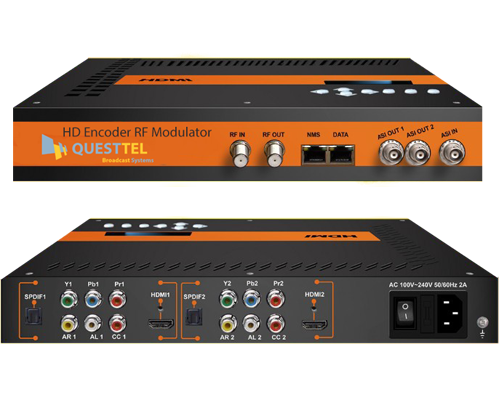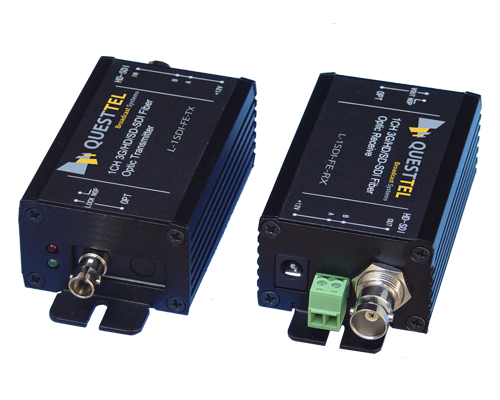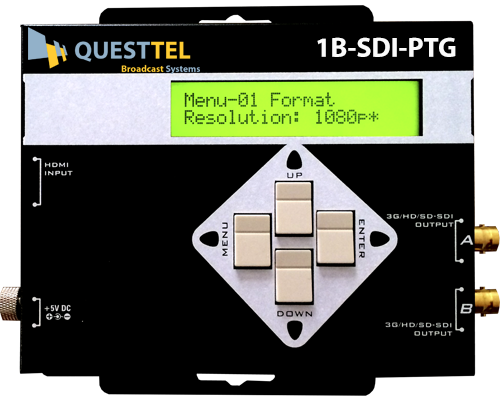Video Resolutions: SD, ED, HD
Video Resolution Video resolution is one of those “fuzzy” things in life. It is common to see video resolutions of 720 × 480 or 1920 × 1080. However, those are just the number of horizontal samples and vertical scan lines, and do not necessarily convey the amount of useful information. For example, an analog video signal can be sampled at 13.5 MHz to generate 720 samples per line. Sampling the same signal at 27 MHz would generate 1440 samples per line. However, only the number of samples per line has changed, not the resolution of the content. Therefore, video is usually measured using lines of resolution. In essence, how many distinct black and white vertical lines can be seen across the display? This number is then normalized to a 1:1 display aspect ratio (dividing the number by 3/4 for a 4:3 display, or by 9/16 for a 16:9 display). Of course, this results in a lower value for widescreen (16:9) displays, which goes against intuition.
Standard-Definition Standard-definition video is usually defined as having 480 or 576 interlaced active scan lines, and is commonly called “480i” and “576i,” respectively. For a fixed-pixel (non-CRT) consumer display with a 4:3 aspect ratio, this translates into an active resolution of 720 × 480i or 720 × 576i. For a 16:9 aspect ratio, this translates into an active resolution of 960 × 480i or 960 × 576i.
Enhanced-Definition Enhanced-definition video is usually defined as having 480 or 576 progressive active scan lines, and is commonly called “480p” and “576p,” respectively. For a fixed-pixel (non-CRT) consumer display with a 4:3 aspect ratio, this translates into an active resolution of 720 × 480p or 720 × 576p. For a 16:9 aspect ratio, this translates into an active resolution of 960 × 480p or 960 × 576p. The difference between standard and enhanced definition is that standard-definition is interlaced, while enhanced-definition is progressive.
High-Definition High-definition video is usually defined as having 720 progressive (720p) or 1080 interlaced (1080i) active scan lines. For a fixed-pixel (non-CRT) consumer display with a 16:9 aspect ratio, this translates into an active resolution of 1280 × 720p or 1920 × 1080i, respectively. However, HDTV displays are technically defined as being capable of displaying a minimum of 720p or 1080i active scan lines. They also must be capable of displaying 16:9 content using a minimum of 540 progressive (540p) or 810 interlaced (810i) active scan lines. This enables the manufacturing of CRT-based HDTVs with a 4:3 aspect ratio and LCD/ plasma 16:9 aspect ratio displays with resolutions of 1024 × 1024p, 1280 × 768p, 1024 × 768p, and so on, lowering costs.
QuestTel shall have no liability for any error or damage of any kind resulting from the use of this document.



